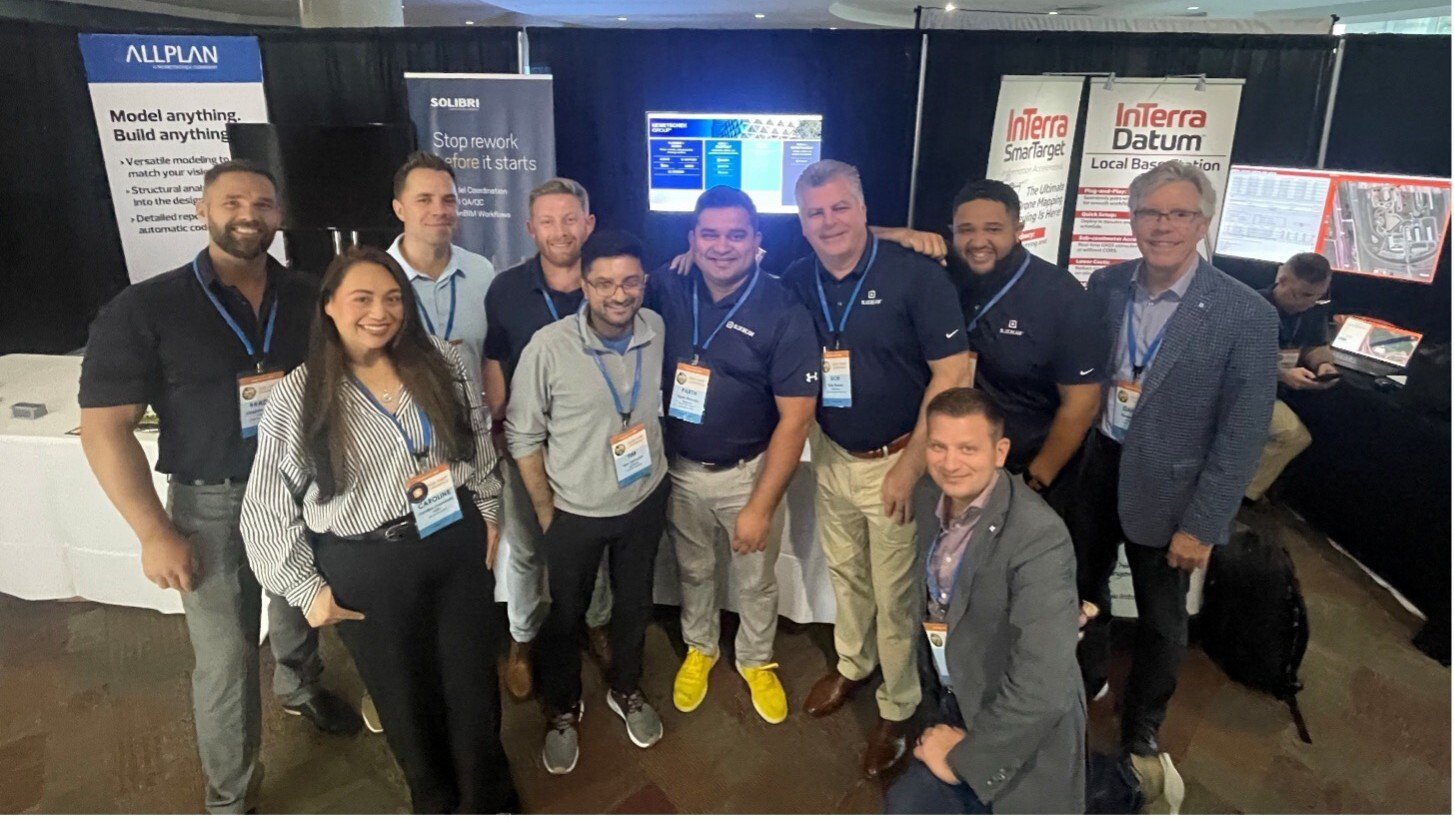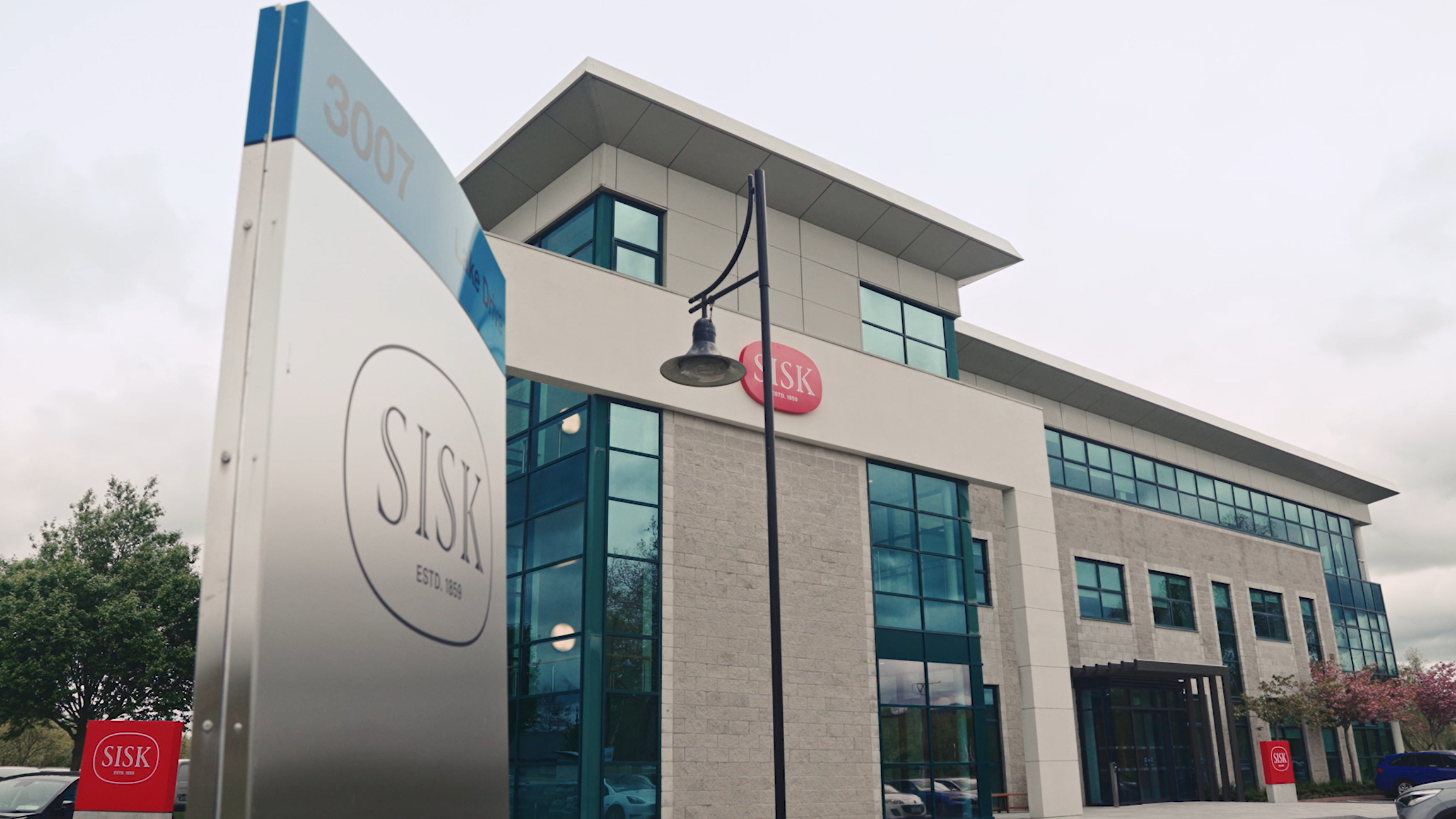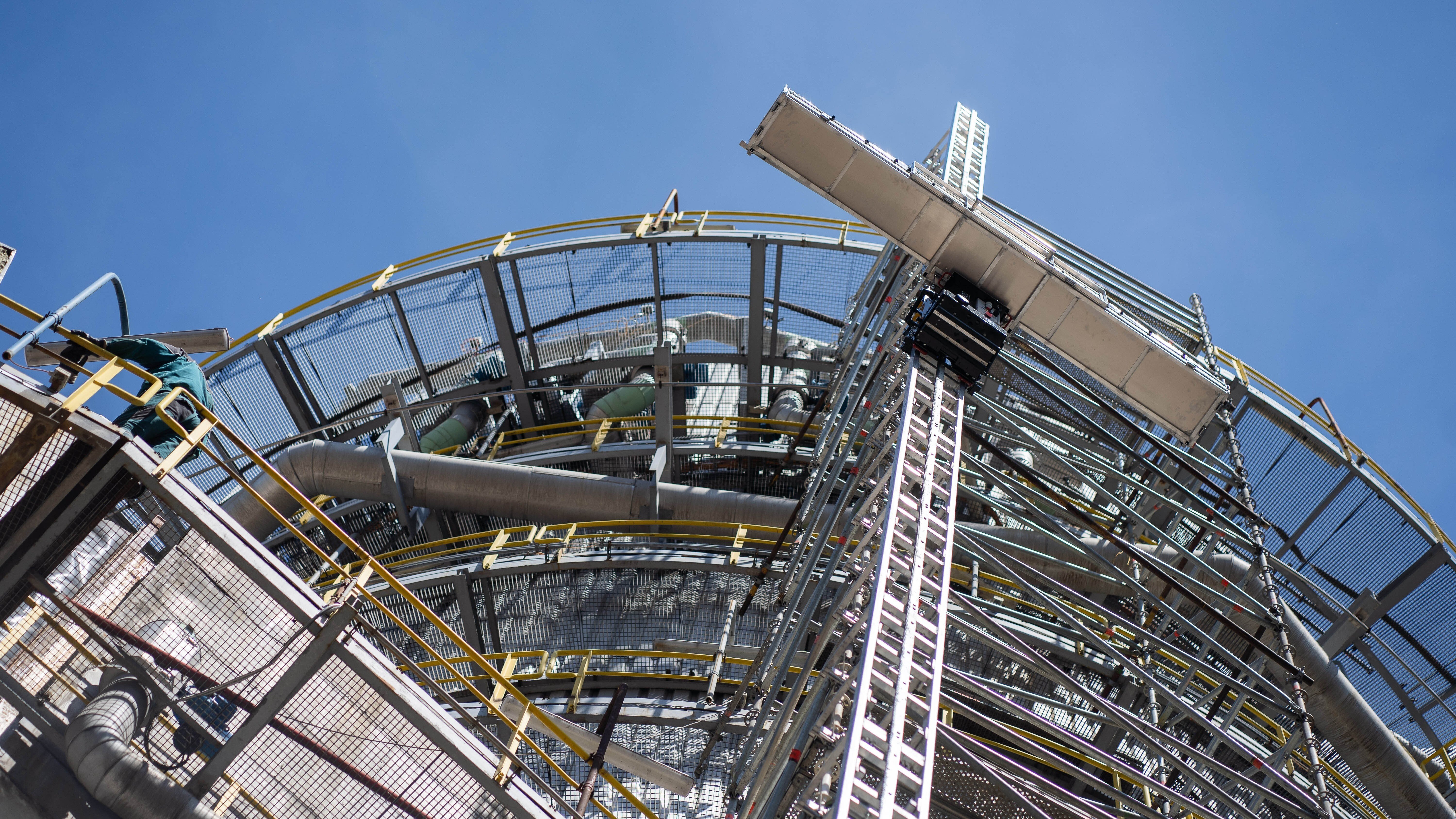A Digital Way to Building Bridges
Bridges connect places and people and ensure the smooth transport of goods. Their planning is complex – and urgently needs a digitalization boost.
Author
Stefan Kaufmann
works as Product Manager BIM Strategy & New Technologies at ALLPLAN, a Nemetschek Company and has various experiences in driving digitalization in the construction industry
This article belongs to the collection Quality & Efficiency
To the topic pageThey span valleys, rivers, and traffic routes, and are also identity-creating symbols: bridges are therefore an important part of our building culture. It is not only the safety and load-bearing capacity of bridges that is relevant, but also their design. There are creative approaches to designing the bridge form that address the forces in the structure in an architecturally exciting way. Bridges have always been a showcase for the art of engineering and are increasingly symbols of the future theme of sustainability, whether through optimized use of materials or the use of renewable raw materials. The overriding goal of bridge construction remains to improve transport logistics. The first bridges were built as early as the Neolithic Age. Today, bridges form the foundation of any modern transport infrastructure. The performance of the federal highway network in Germany, for example, is based on 39,500 bridges, with a total length of over 2,000 kilometers.
The planning and construction of long-span bridges is considered the “supreme discipline” in engineering: large components weighing several tons have to be manufactured, delivered, and precisely fitted into the existing infrastructure on time. Experienced designers and structural engineers are needed, as well as good cooperation with construction companies and authorities. That way, nothing can go wrong later the construction site under the diverse environmental influences.
However, the planning of bridges is often anything but collaborative at present: planning data comes from different data sources and in various formats from different participants, so that the individual bridge models (geometric, static, structural and, if necessary, detailed models for the tension cables) do not match exactly. In some cases, multiple models are worked on in parallel by globally distributed teams. However, bridges are usually very complex structures. Any modification process is therefore extremely time-consuming. Nevertheless, modifications as well as time-consuming synchronizations are part of the daily business in bridge construction. Possible inconsistencies and misinformation can run through all planning phases. The end result is then reflected in numerous challenges: the lack of collaboration delays planning, and planning teams spend valuable time reworking and correcting mistakes – time they could already devote to new projects with modified, collaborative planning. In addition, inconsistent planning data can cause delays in the construction of a bridge – which in turn costs time, and money. And last but not least, postconstruction and reconstruction work wastes valuable building materials and unnecessarily emits a lot of CO2.
To overcome these challenges, we need a digital revolution in bridge planning.
A New Way of Planning
The challenge with bridges – and with their design and construction – lies in their structure: it is geometrically complex, and the design must always be adapted to the alignment and the ground. With traditional 2D tools, planning changes had to be repeatedly updated manually in hundreds of drawings and calculations. This resulted in planning errors and inconsistencies that lead to delays and cost overruns on construction sites.
As a countermeasure, many industrialized countries made the use of BIM (Building Information Modeling, a partnership-based planning approach based on semantic 3D models) mandatory. However, there were initially no BIM-enabled design tools suitable for bridge construction.
It is time to usher in a new phase of bridge construction. This requires an end-to-end, model-based planning solution that does not rely on thinking in silos and two-dimensional plans, but on collaboration and 3D models. This not only ensures quality, deadlines and cost targets are met, but can also be used to reduce material consumption and thus lower CO2 emissions. An optimal solution is therefore based on a common, detailed, and fully parametric 4D model that not only represents the geometry of the bridge in 3D, but also supplements it with the construction sequence and the structural analysis and verification. Furthermore, it should combine all the information in such a way that changes to the planning model can also be implemented quickly, consistently, and intuitively at any time. This means that multiple models or versions do not have to be created, calculations can be derived directly from the model, and planning errors can thus be avoided.
Parametric design solutions are revolutionizing bridge construction by relying on communication and collaboration instead of silo thinking and fragmentation. This not only enables cost savings, but also a massive reduction in planning times. More projects can be completed in less time with the same number of employees. In view of the shortage of skilled workers, innovative IT solutions make an important contribution to accelerating the processing of the investment backlog in infrastructure construction.
The solution in bridge construction, not only in terms of construction methods or materials, lies in more digitalization – in model-based, collaborative planning and in innovation. The digital transformation of bridge planning is the key to a new kind of bridge construction.
The workflows for a digital way of building bridges are demonstrated in this video.





